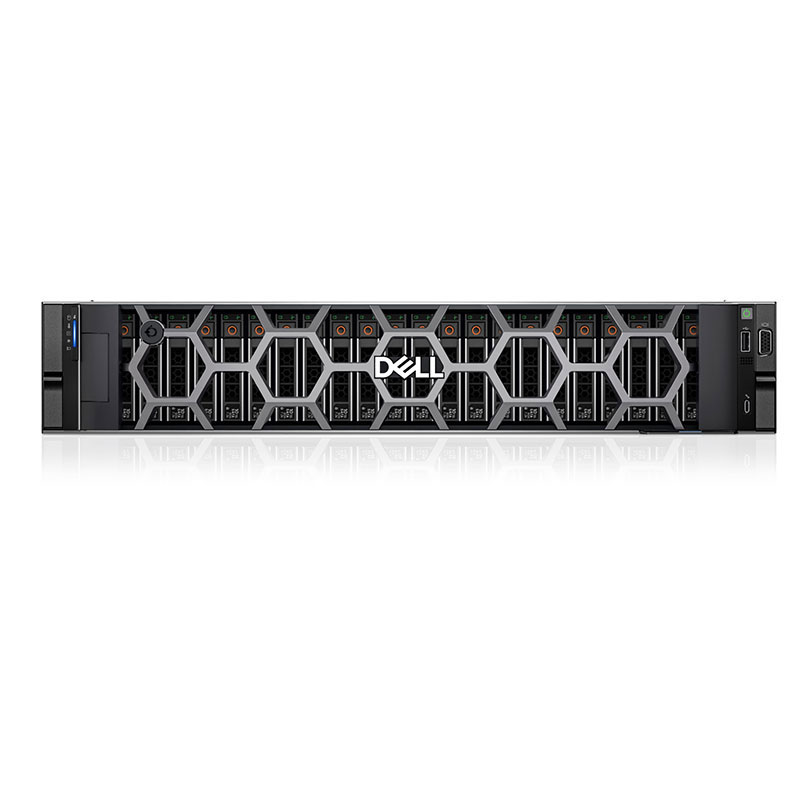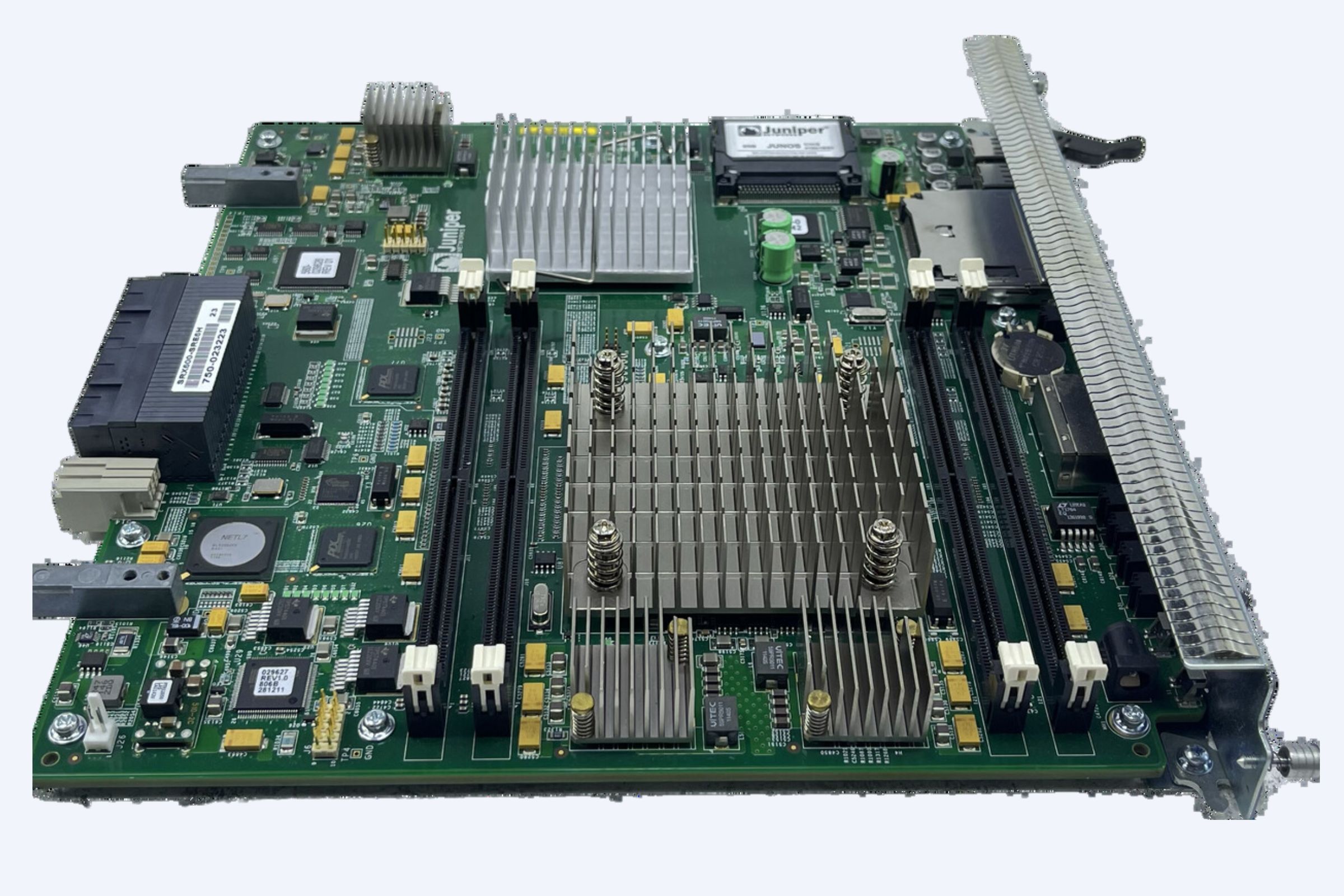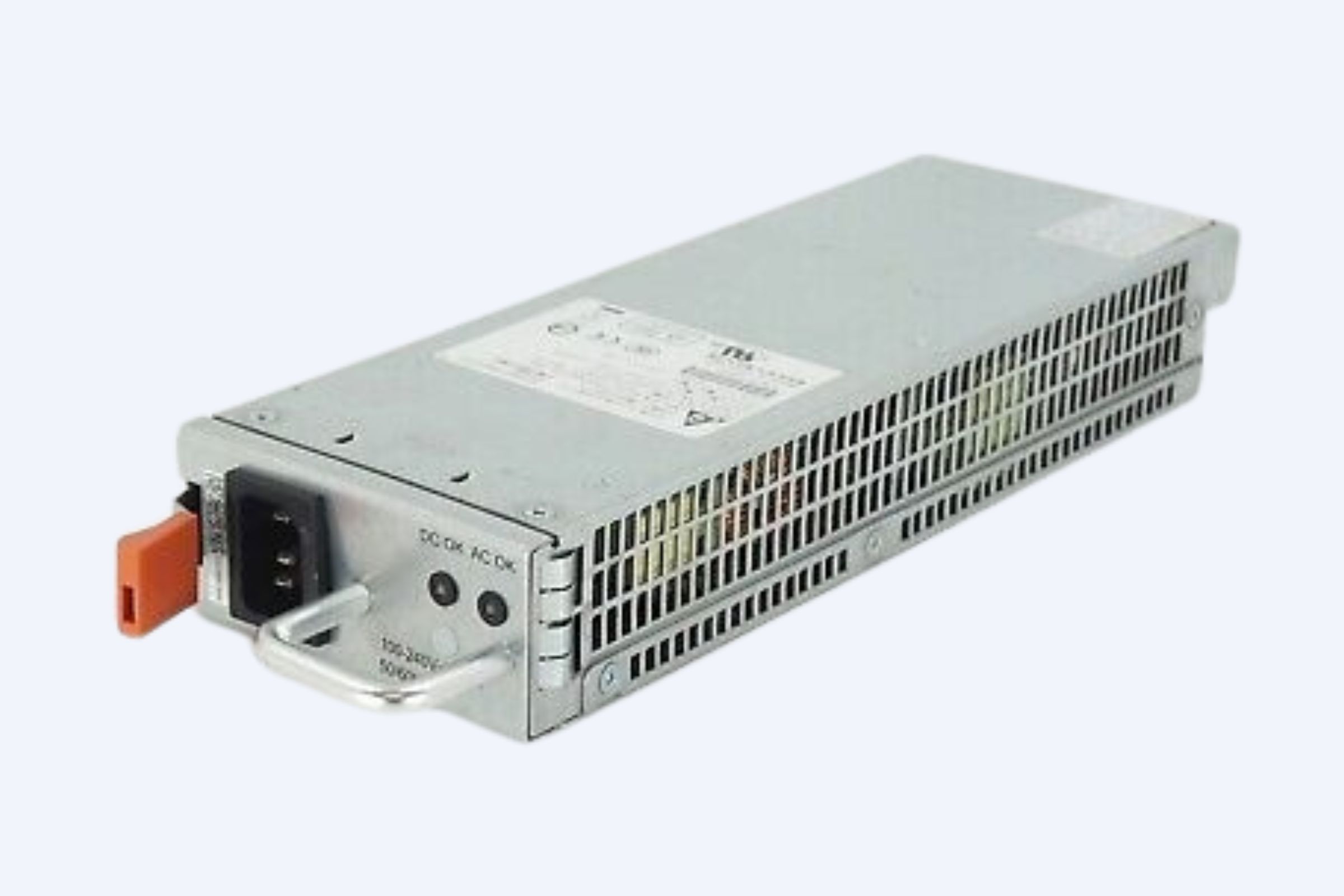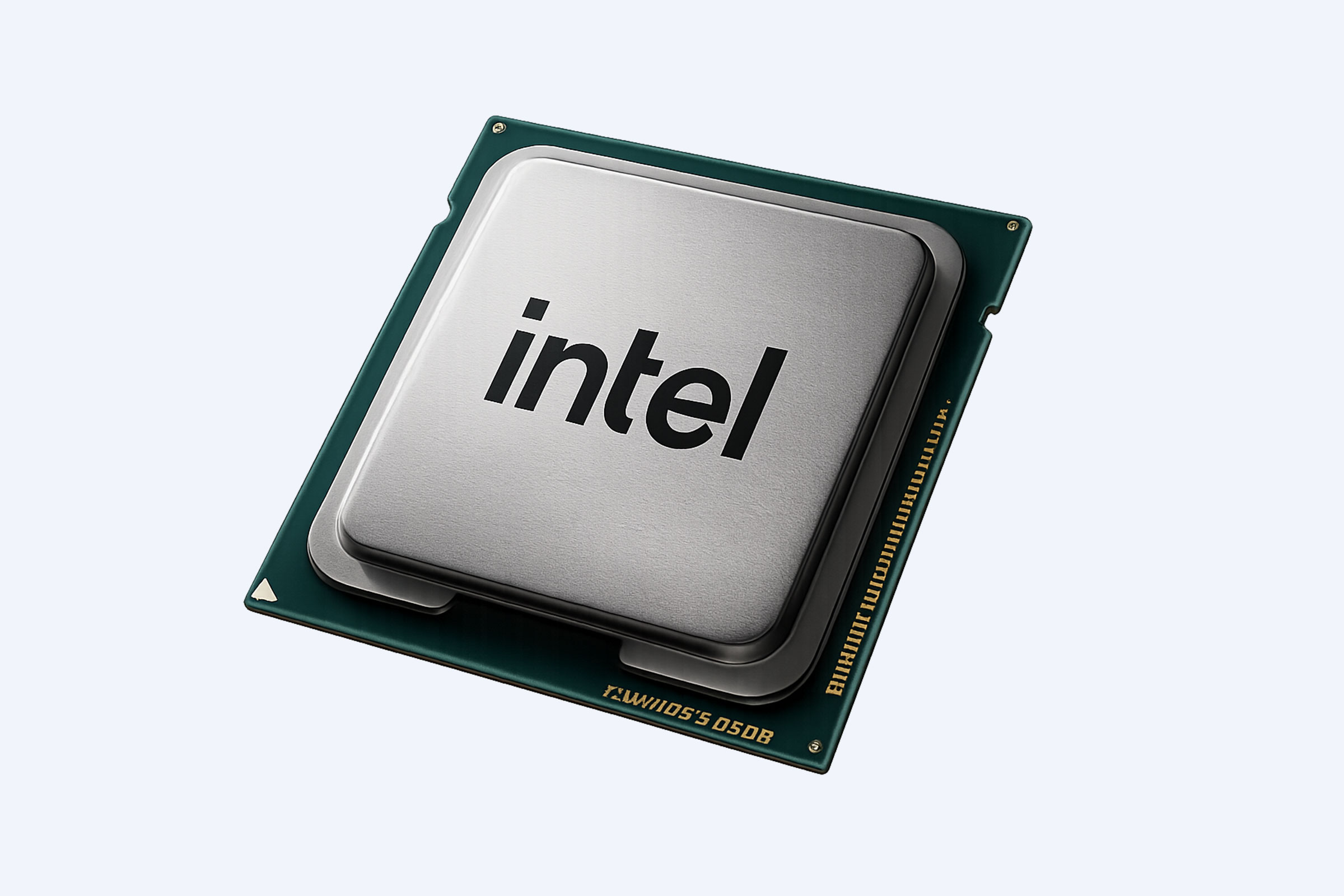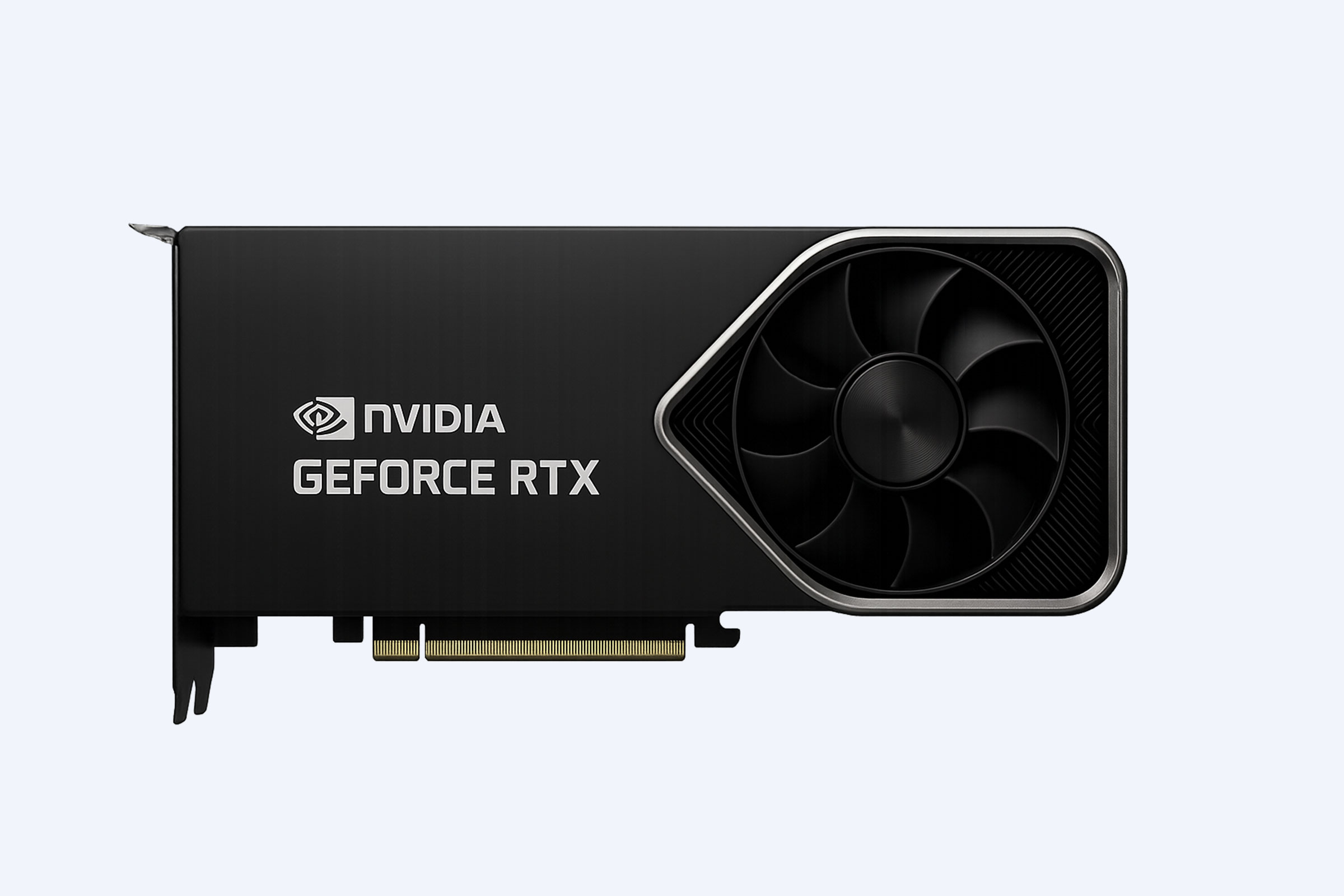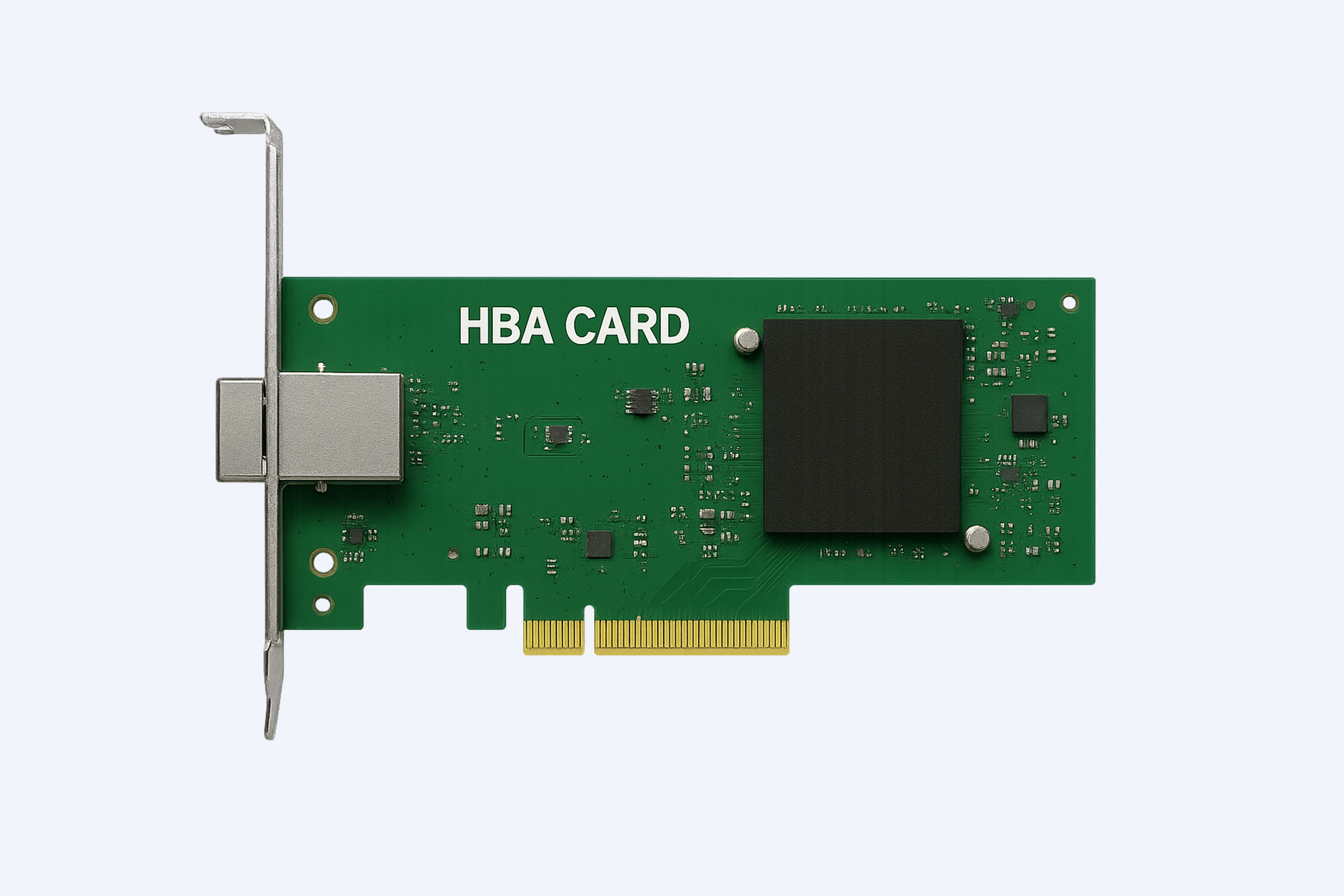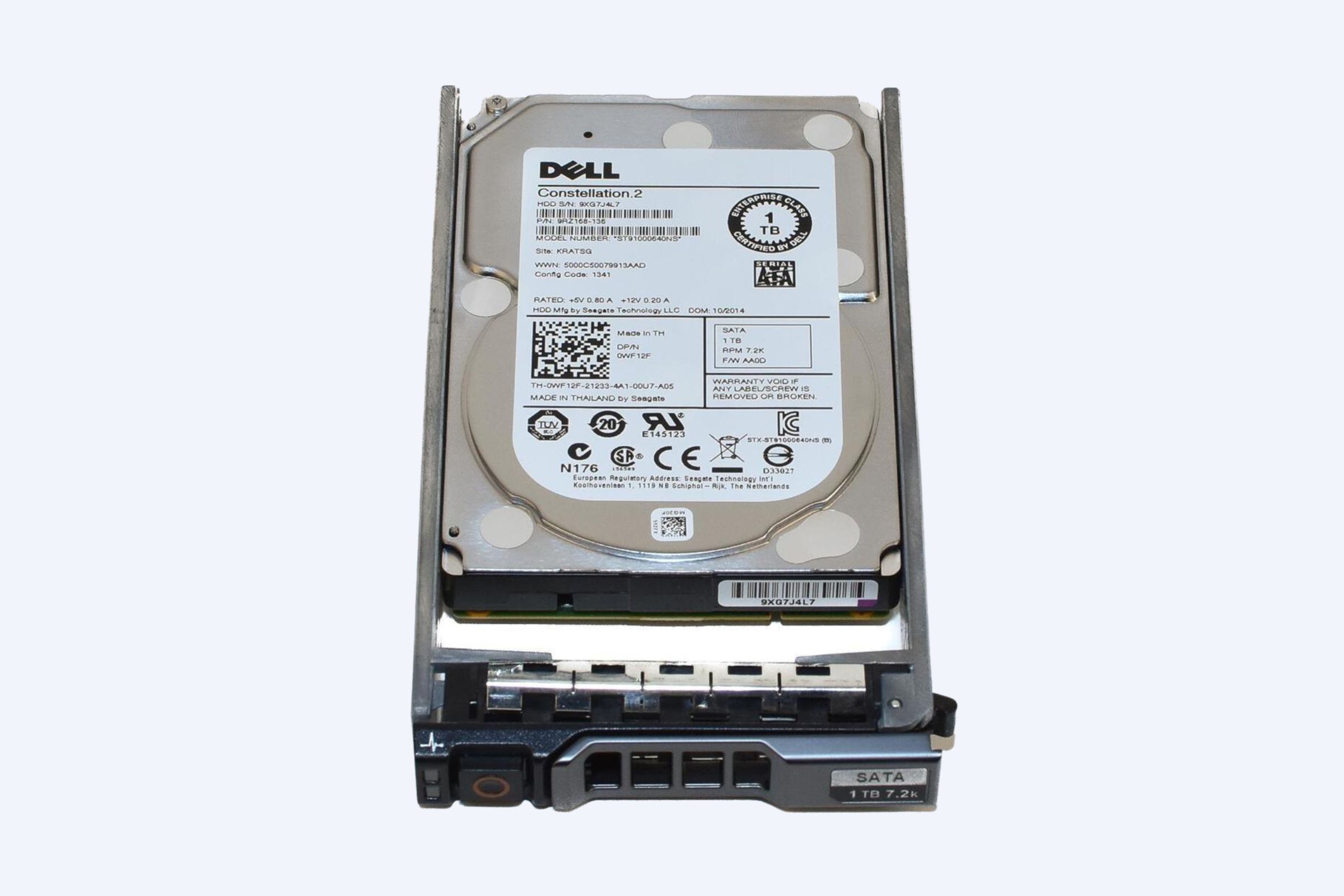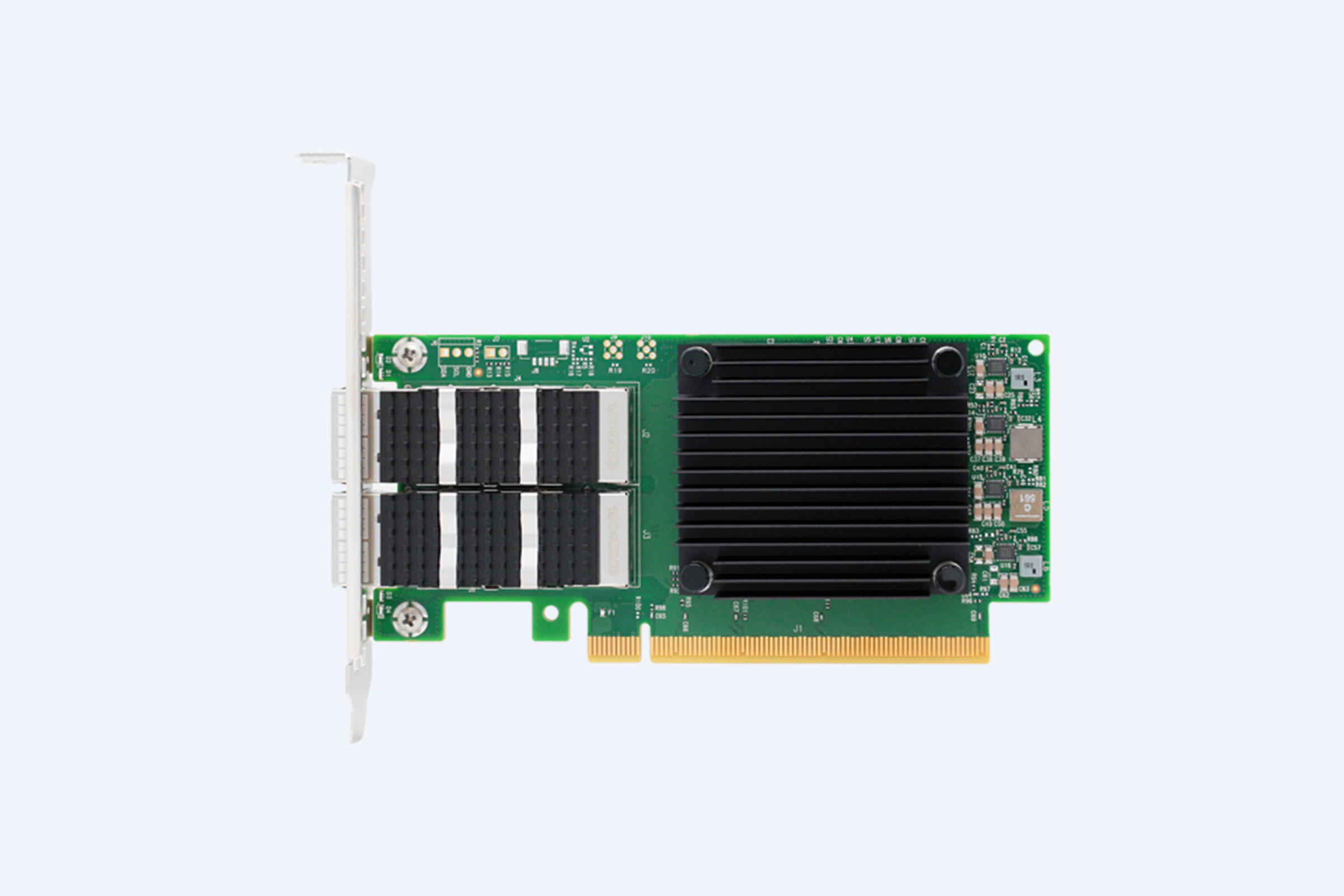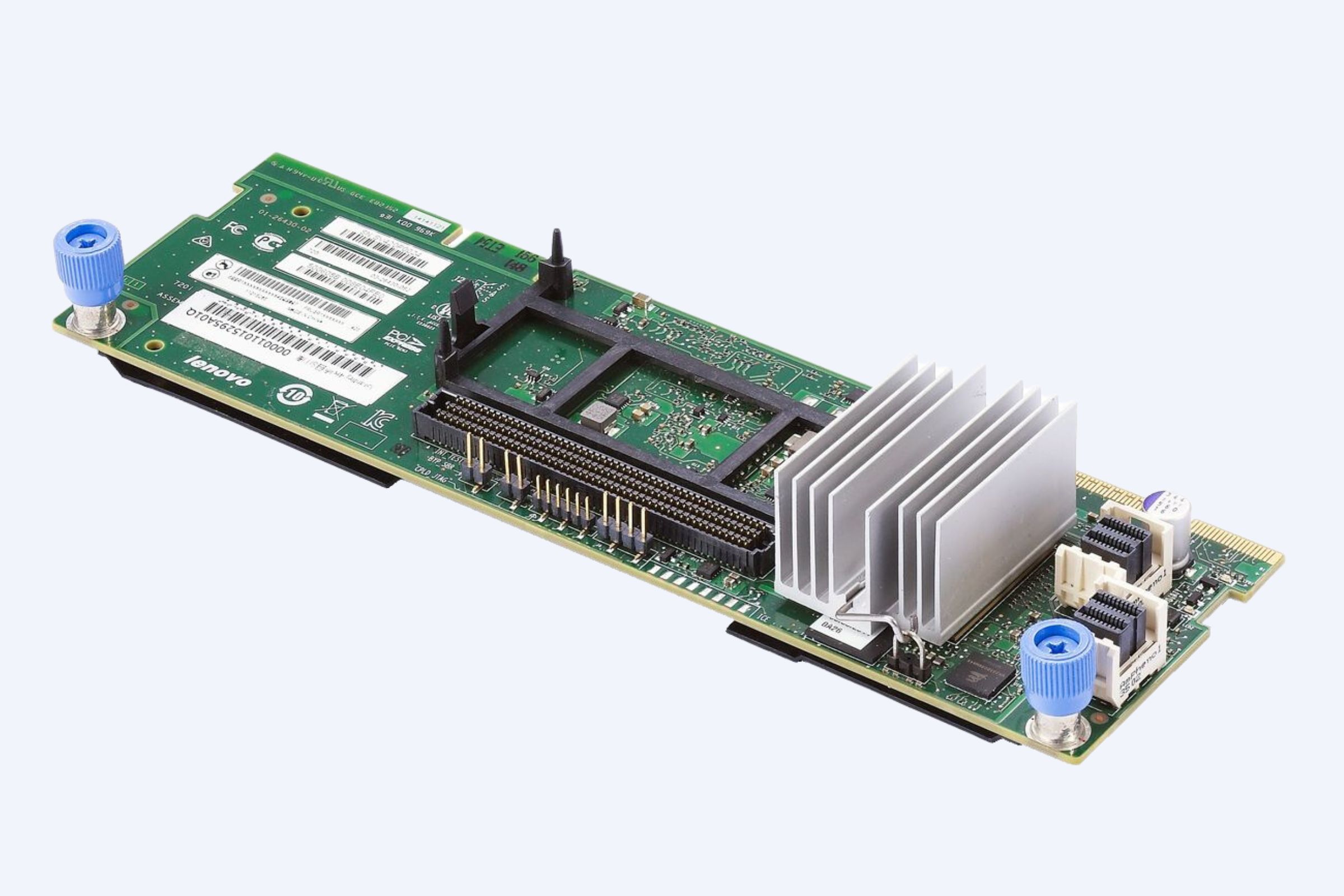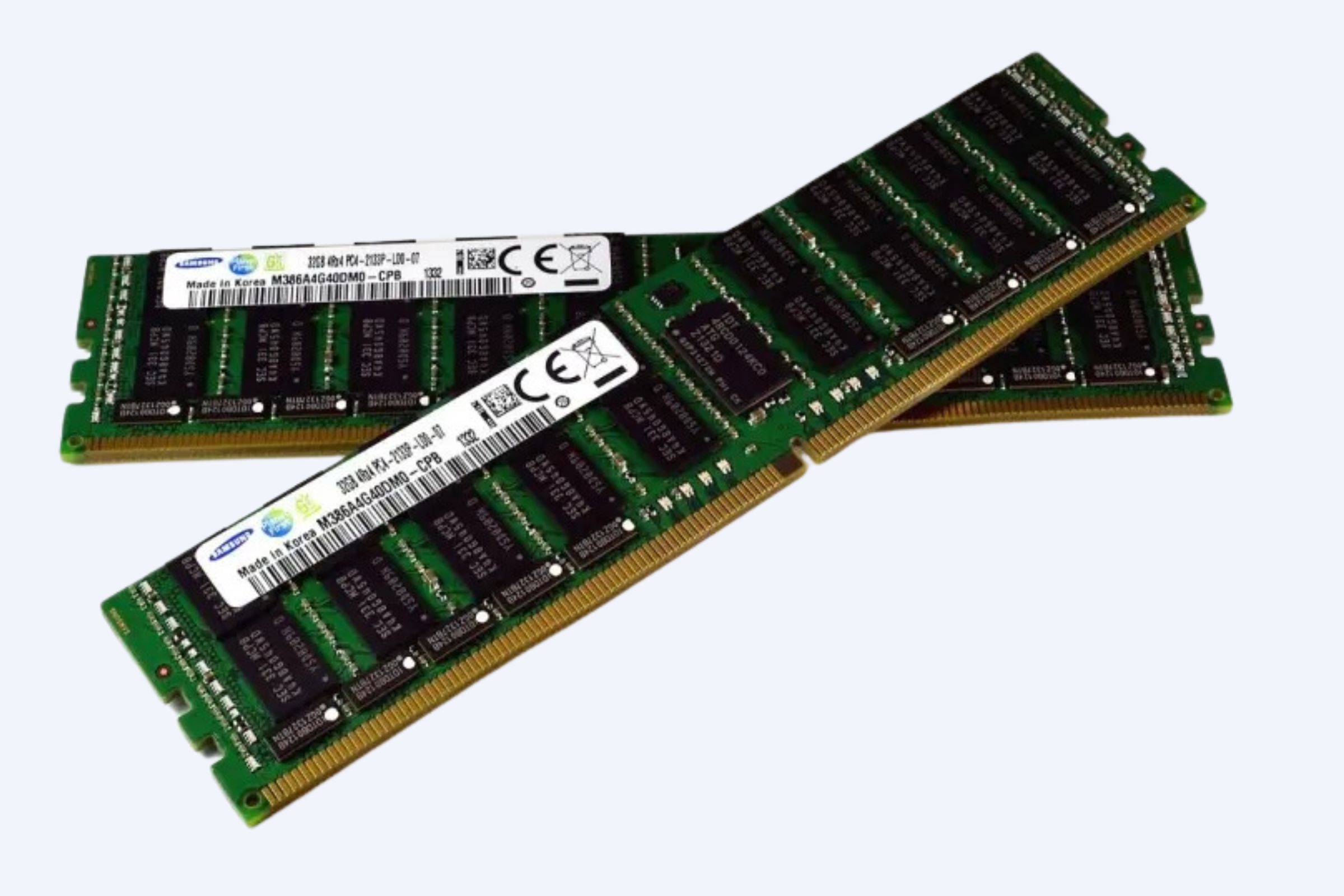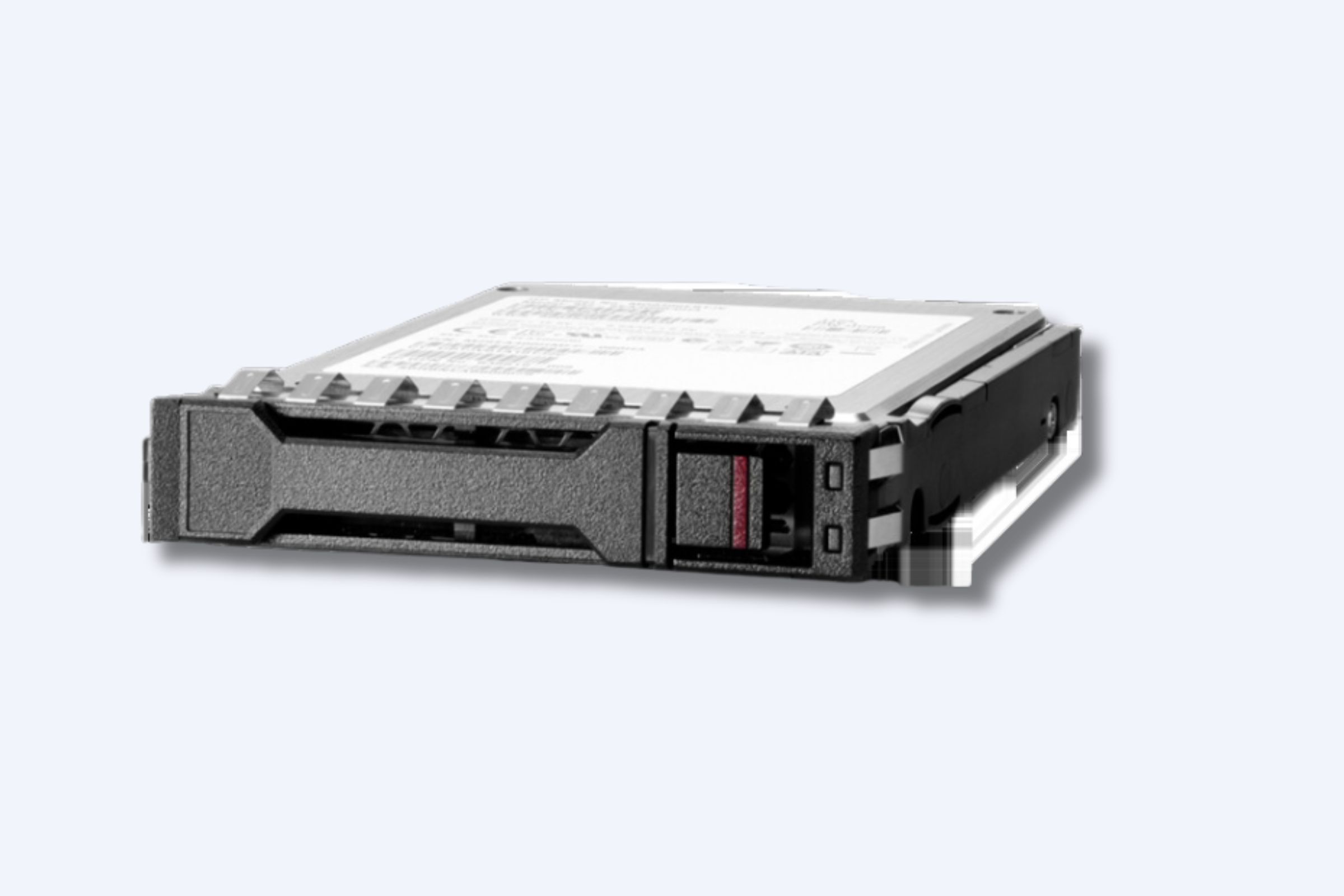Hand sanitizer dispensers are essential hygiene tools in today’s workplaces and public spaces. Choosing the right dispenser involves understanding types, placement, maintenance, and manufacturer options to meet business needs effectively. This guide will explore these factors and explain why Chinese manufacturers like Wecent are ideal partners for wholesale, OEM, and factory sourcing of quality dispensers.
What are the different types of hand sanitizer dispensers?
Hand sanitizer dispensers come in several varieties suited for different environments. The main types are mounted dispensers fixed to walls for permanent use, freestanding models for flexibility, automatic touchless dispensers that use sensors, manual push-button dispensers, and countertop units for small spaces. Each type varies in capacity, usability, and hygiene features, allowing customization based on traffic and usage needs.
Mounted dispensers save space and suit high-traffic entrances or restrooms. Freestanding dispensers offer portability for events or changing layouts. Automatic dispensers minimize touchpoints, reducing contamination risks, while manual units are budget-friendly but require contact. Countertop dispensers are perfect for desks and reception counters.
How do automatic (touchless) hand sanitizer dispensers work?
Automatic dispensers use infrared sensors to detect hands placed beneath them, triggering a precise sanitizer dose without contact. This touchless operation enhances hygiene by eliminating cross-contamination from surfaces. Sensors accurately detect hands within 2-3 inches, dispensing gel, foam, or liquid sanitizer with minimal waste. Battery or rechargeable powered, these dispensers often come with adjustable dosage settings and indicator lights for easy maintenance.
The sensor technology and adjustable dosing improve user convenience and reduce sanitizer overuse. Automatic dispensers are ideal in hospitals, schools, offices, and public venues wanting to promote safe hand hygiene with minimal interaction.
Where should hand sanitizer dispensers be placed for optimal use?
Strategic dispenser placement maximizes usage and hygiene benefits. Ideal locations include building entry and exit points to prompt sanitization on arrival and departure, near restrooms and cafeterias for use after handwashing or meals, high-touch areas like elevators, kiosks, and service counters, and public event spaces to accommodate large crowds.
Dispensers should be installed at accessible heights compliant with ADA standards to serve people with disabilities. Visibility and ease of access encourage frequent use. Regularly monitoring coverage across a facility ensures no area is underserved.
What are common problems with hand sanitizer dispensers and how to fix them?
Common dispenser issues include battery failure in automatic units, clogged nozzles, leaking sanitizer, broken sensors, and dispenser jams. Fixing these problems often involves replacing batteries, cleaning sensor lenses and dispensing tubes, properly reinstalling cartridges, or replacing defective parts. Drip trays and mats help contain leaks from overdispensing or faulty nozzles.
Routine maintenance and prompt troubleshooting keep dispensers operational and prevent hygiene gaps. Choosing high-quality dispensers from reliable manufacturers like Wecent reduces breakdown frequency and maintenance needs.
How often should hand sanitizer dispensers be refilled or maintained?
Refilling frequency depends on dispenser capacity and facility usage. High-traffic areas may require daily or weekly refills, while low-traffic zones need less frequent attention. Maintenance tasks include cleaning sensors and dispensers monthly, checking battery status bi-monthly, and inspecting for leaks or damage regularly.
Proactive maintenance and timely refills ensure dispensers remain stocked and functional, promoting consistent hand hygiene compliance.
Why choose a Chinese manufacturer or factory for hand sanitizer dispensers?
China is a global hub for manufacturing high-quality sanitizer dispensers at competitive prices. Choosing a Chinese factory like Wecent ensures access to advanced production technology, certified products meeting international standards, and flexible customization through OEM services. Chinese manufacturers offer wholesale pricing and scalable supply chains that accommodate large orders with reliable delivery times.
Partnering with a Chinese supplier minimizes costs while maintaining quality, making it ideal for distributors and businesses seeking durable dispensers that fulfill both commercial and regulatory requirements.
How can OEM services benefit your hand sanitizer dispenser supply chain?
OEM (Original Equipment Manufacturer) services allow businesses to customize dispenser designs, branding, and features tailored to target markets. With Wecent’s OEM solutions, clients receive personalized products that strengthen brand identity and differentiate offerings. OEM also facilitates integration of specific sanitizer types, sensor technologies, or dispenser capacities based on customer needs.
This flexibility optimizes inventory management, market fit, and customer satisfaction while leveraging efficient Chinese manufacturing expertise.
What are the quality standards and certifications for hand sanitizer dispensers from China?
Top Chinese dispenser manufacturers adhere to stringent quality and safety certifications including CE (Conformité Européenne), FCC (Federal Communications Commission), and RoHS (Restriction of Hazardous Substances). These standards certify electrical safety, electromagnetic compatibility, and environmental compliance, essential for imports to global markets.
Wecent ensures each dispenser undergoes quality control inspections and complies with international regulations, guaranteeing products that are safe, reliable, and durable for enterprise use.
Wecent Expert Views
“Selecting a trusted manufacturer is critical for health-related products like hand sanitizer dispensers. At Wecent, we leverage over eight years of experience in China’s manufacturing hub to deliver superior dispensers that combine innovative technology, reliable performance, and competitive pricing. Our commitment to quality and OEM customization empowers global businesses to implement effective hygiene solutions tailored to their operational needs. By partnering with Wecent, enterprises receive not just products but long-term value and expert support.” – Wecent Technology
Conclusion
Choosing the best hand sanitizer dispenser requires understanding dispenser types, sensor technology, optimal placement, common maintenance challenges, and the benefits of sourcing from China. Businesses should prioritize quality, hygiene, ease of use, and compliance with safety certifications to protect employees and customers. Partnering with an experienced Chinese manufacturer like Wecent offers access to OEM customization, competitive prices, and certified, durable dispensers that ensure reliable hygiene solutions worldwide.
Frequently Asked Questions (FAQs)
Q1: Can I use any type of hand sanitizer with automatic dispensers?
A1: Most automatic dispensers support gel, foam, or liquid sanitizers, but it’s best to confirm compatibility to prevent clogs or malfunctions.
Q2: How long do battery-powered dispensers typically last?
A2: Battery life varies by usage but generally lasts 3-6 months. Indicators help monitor battery status for timely replacement.
Q3: Are there eco-friendly hand sanitizer dispensers available?
A3: Yes, some manufacturers offer dispensers with rechargeable batteries and refillable cartridges to reduce waste.
Q4: How do OEM services work for custom branding?
A4: OEM allows you to specify logos, colors, and features, creating dispensers that match your brand identity and target market requirements.
Q5: What certifications should I look for in a high-quality dispenser?
A5: Look for CE, FCC, and RoHS certifications, ensuring safety, electromagnetic compatibility, and environmental compliance.



